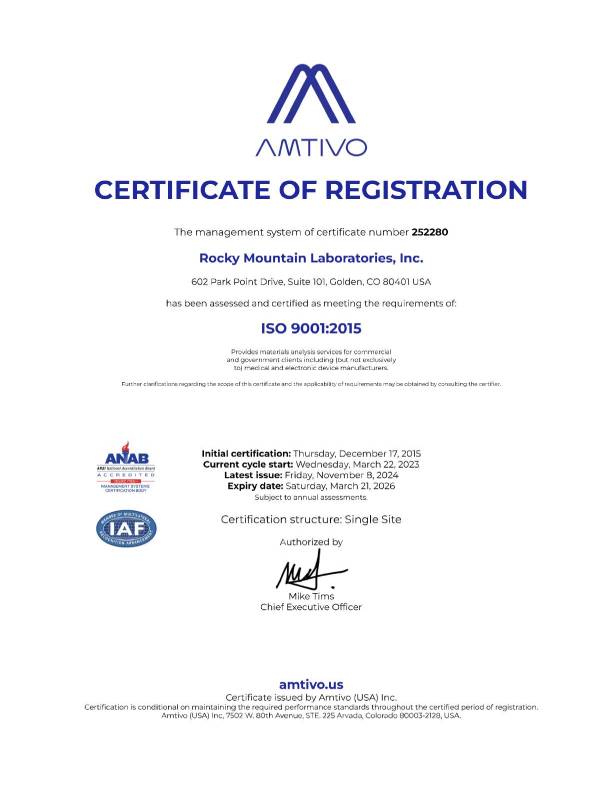Energy-dispersive X-ray spectroscopy (EDS) and Auger electron spectroscopy (AES) are both analytical techniques used for surface analysis, but they differ in their principles of operation and the types of signals they detect.
- Principle of Detection:
- EDS (Energy-Dispersive X-ray Spectroscopy): In EDS, X-rays emitted from a sample as a result of its bombardment by an electron beam are detected. These X-rays are characteristic of the elements present in the sample, and their energy is used to identify and quantify the elements.
- AES (Auger Electron Spectroscopy): As mentioned earlier, AES is based on the Auger effect. It involves the emission of Auger electrons when an inner-shell electron is ejected, and the energy of these electrons is used for elemental analysis.
- Type of Signal:
- EDS: Detects X-rays emitted from the sample.
- AES: Detects Auger electrons emitted from the sample.
- Depth of Analysis:
- EDS: Provides information about the elemental composition throughout the entire sample volume. It is not surface-sensitive.
- AES: Is generally more surface-sensitive, providing information about the top few nanometers of the material.
- Spatial Resolution:
- EDS: Typically has lower spatial resolution compared to AES.
- AES: Can achieve higher spatial resolution, making it more suitable for detailed surface analysis.
- Sensitivity:
- EDS: Generally has lower sensitivity compared to AES.
- AES: Can provide higher sensitivity for certain elements, especially light elements.
- Sample Types:
- EDS: Suitable for bulk analysis and can be used with thicker samples.
- AES: Particularly useful for analyzing the surface composition of materials.
- Instrumentation:
- EDS: Requires an energy-dispersive X-ray spectrometer attached to an electron microscope or X-ray analysis system.
- AES: Requires a specialized Auger electron spectrometer.
While both EDS and Auger electron spectroscopy are techniques used for elemental analysis, EDS is not surface-sensitive and provides information about the bulk composition of a sample, whereas AES is surface-sensitive and provides detailed information about the surface composition. The choice between EDS and AES depends on the specific analytical requirements, the nature of the sample, and the desired depth of analysis. Often, these techniques are used complementarily in materials characterization studies.



